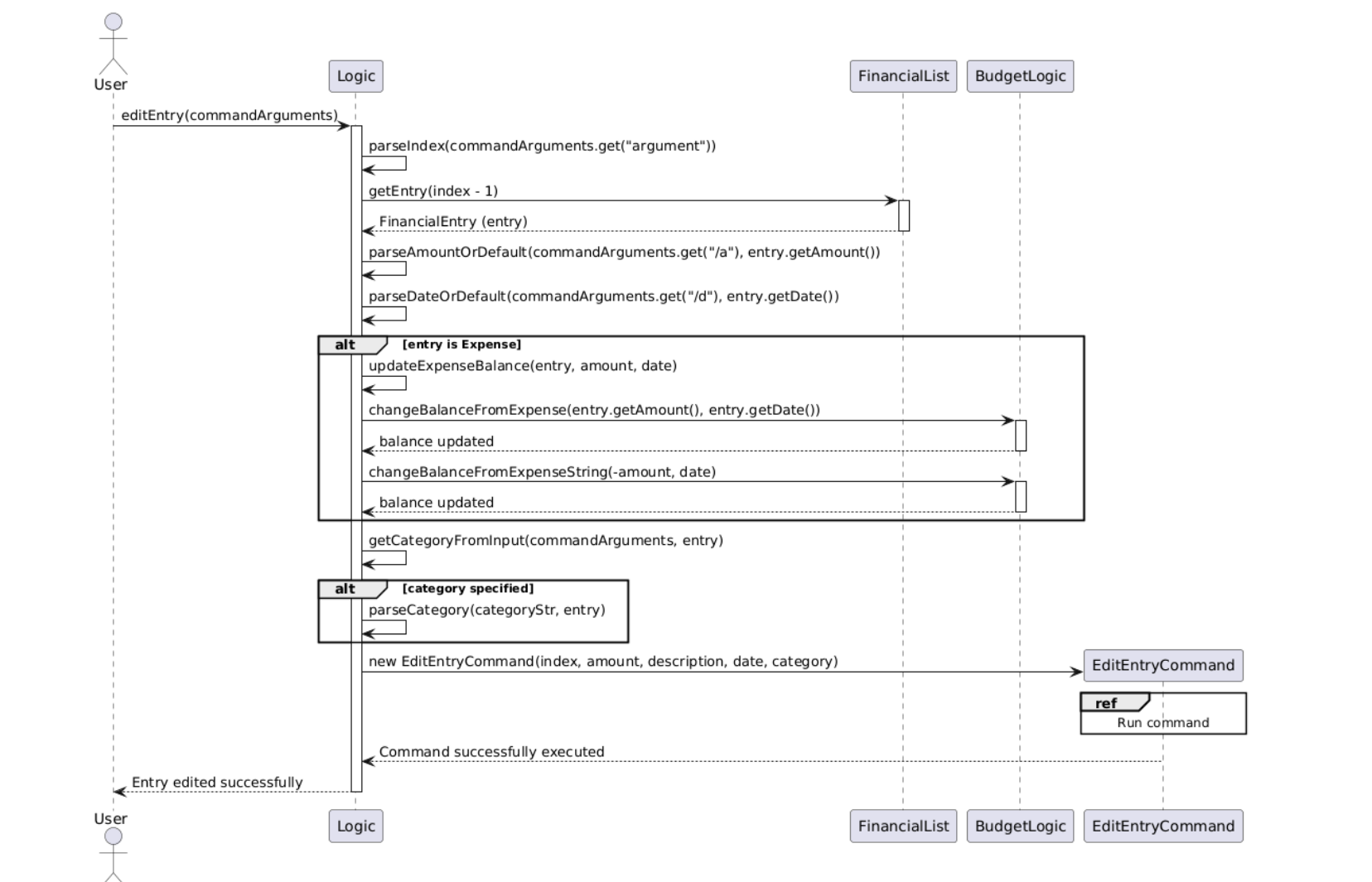 The alt frame is not partitioned properly. It is confusing for the reader to determine whether updateExpenseBalance, changeBalancefromexpense etc. are part of the same path or different path. Should it be different, the conditions for the other paths are missing.
The alt frame is not partitioned properly. It is confusing for the reader to determine whether updateExpenseBalance, changeBalancefromexpense etc. are part of the same path or different path. Should it be different, the conditions for the other paths are missing.